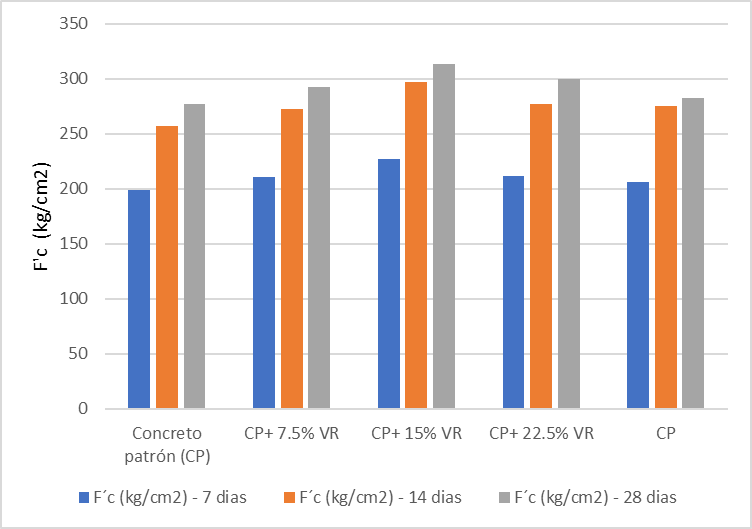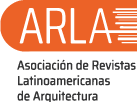Influence of recycled glass on the mechanical properties of self-compacting concrete and the capacity of use in Ayacucho city
DOI:
https://doi.org/10.51372/gacetatecnica252.5Keywords:
fine aggregate, recycled glass, concrete blocks, coarse aggregateAbstract
Concrete is the most widely used component in the construction sector, however, its exposure to the environment usually influences its behavior, which is why experts continually investigate to ensure that it meets or satisfies the specifications for which it was made. Therefore, the main objective of this work was to determine how recycled glass contributes to the mechanical properties of self-compacting concrete and its capacity for use in the city of Ayacucho, Peru. Experimentation was carried out with a standard sample and others were 7,5%, 15%, 22,5% and 30% of fine aggregate was partially replaced by recycled glass. From this study, the results obtained showed that the incorporation of glass increased the compressive strength by 13,01%, the tensile strength by 17,75%, the flexural strength improved by 27,87% and the resistance The durability to magnesium sulfate, which must be less than 15%, complies with the 3 additions, the concrete with the replacement of 30% AF by VR does not comply with the parameter. Finally, mention that, with respect to the pattern concrete, the possibility of its usability being greater is increased due to the significant improvements and its resistance to weathering due to durability
Downloads
References
A. Giménez, M. Olavarrieta, L. Silva y H. Gallegos, “Estudio físico mecánico de concretos sustituidos con polvo de sílice expuestos e ambiente agresivo simulado”, Gaceta Técnica, vol. 2, nº 19, pp. 37-50, 2018
G. Alarcón, “Los principales factores que generan situaciones de segregación escolar entre los establecimiento educacionales de enseñanza media en Chile, durante los últimos 10 años”, Trabajo de Grado, Universidad Católica de la Santísima Concepción, Concepción, 2020
Municipalidad de Ayacucho, “Quiero mi ciudad + limpia”, Disponible en: https://www.ayacucho.gob.ar/quiero-mi-ciudad-limpia, 2021
S. Prabhu, R. Anuradhab y A. Belin, “Understanding the mining waste as resources in self-compacting concrete: A numerical study on sustainable construction”, Resources Policy, vol. 78, 2022
S. Kumar, K. Ashidhb, H. S. Sharma, J. Patel y Z. Rudzionis, “Lightweight self-compacting concrete: A review”, Resources, Conservation & Recycling Advances, vol. 15, 2022
O. Silva, “La importancia del vibrado del concreto”, Disponible en: https://www.360enconcreto.com/blog/detalle/importancia-del-vibrado-en-el-concreto, 2018
C. Reyes y T. Echevarría, “Influencia del aditivo Sika Viscocrete-3330 en el Ensayo de Resistencia a la Compresión y en las Propiedades de un Concreto Autocompactante para Elementos Verticales, Trujillo 2019”, Trabajo de Grado, Universidad Privada del Norte, 2019
G. Anco y O. Sarmiento, “Influencia del vidrio molido reciclado como agregado fino para mejorar las propiedades físicas y mecánicas del concreto”, Trabajo de Grado, Universidad Ricardo Palma, 2021
E. Rivas, “Adición de vidrio molido en la resistencia a la compresión del concreto, Trujillo–LaLibertad”, Trabajo de Grado, Universidad César Vallejo, 2020
H. Singh y S. Rafat, “Utilization of crushed recycled glass and metakaolin for development of self-compacting concrete”, Construction and Building Materials, vol. 348, pp. 1-16, 2022
Hernández et al., “Metodología de la Investigación”, México D.F: Mc Graw Hill Education, 2018
Norma Técnica NTP 400.016, “AGREGADOS. Determinación de la inalterabilidad de agregados por medio de sulfato de sodio o sulfato de magnesio”, INACAL, Perú, 2020
ACI 318, “Reglamento de Construcciones del American Concrete Institute”, American Concrete Institute, USA, 2008
NTP 400.016, “AGREGADOS. Determinación de la inalterabilidad de agregados por medio de sulfato de sodio o sulfato de magnesio”, INACAL, Perú, 2020
R. Emerson, "ANOVA Assumptions," Journal of Visual Impairment & Blindness, vol. 116, no. 4, pp. 585-586, 2022

Published
How to Cite
Issue
Section

This work is licensed under a Creative Commons Attribution-NonCommercial-ShareAlike 4.0 International License.
The opinions expressed by the authors do not necessarily reflect the position of the editor of the publication or UCLA. The total or partial reproduction of the texts published here is authorized, provided that the complete source and electronic address of this journal is cited. Authors have the right to use their articles for any purpose as long as it is done nonprofit. The authors can post on the internet or any other media the final approved version of their work.






.png)




